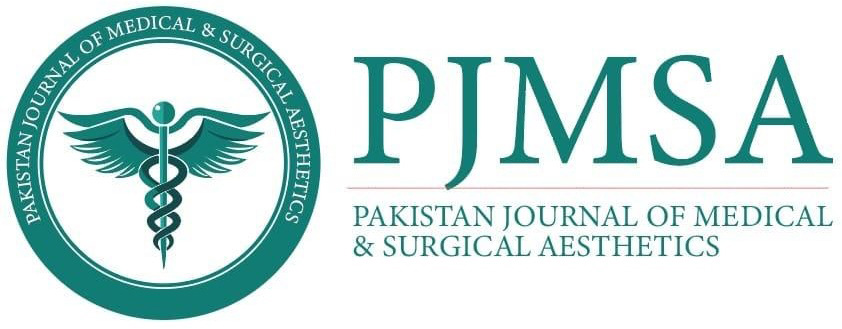The N Point technique: A Next-Gen approach to natural under eye restoration
Keywords:
undereye fillers, periorbital rejuvenation , tear trough fillers, periorbital fillers, tear trough deformity, under eye hollowAbstract
Objective: Under-eye rejuvenation with hyaluronic acid (HA) fillers remains a challenging aesthetic procedure due to the anatomical complexity and risk of complications. Various techniques have been proposed to address tear trough deformity, each with its advantages and limitations. This study presents a modified single-entry injection technique using a 23G 30 mm microcannula to enhance safety and aesthetic outcomes.
Methods: This prospective study included 60 Middle Eastern female patients who presented to our clinic seeking under-eye rejuvenation. A single entry point was established at the base of the V-shaped deformity, aligned with the mid-pupillary line. A 23G 30 mm cannula was introduced to administer HA filler at three strategic locations: (1) the sub-orbicularis oculi fat pad, (2) the orbital retaining ligament, and (3) multiple aliquots along the inferior orbital rim. This was followed by a superficial linear retrograde deposition along the tear trough. Patient satisfaction score, infraorbital improvement score and complications were assessed preoperatively and postoperatively at 14 days, 3 months, and 6 months. Statistical analysis was conducted to evaluate outcome measures.
Results: No major complications, including vascular occlusion, Tyndall effect, or delayed-onset nodules, were observed. All patients reported high satisfaction at the 14-day follow-up, which was sustained throughout the 6-month evaluation period. Statistical analysis confirmed a significant improvement in patient-reported outcomes (p-value and significance levels to be inserted).
Conclusion: The N-Point Technique for under-eye filler injection provides an effective and minimally invasive approach to treating infraorbital hollowness. By addressing both deep and superficial anatomical layers, this method enhances aesthetic outcomes while minimizing adverse effects. The technique offers a safe alternative for achieving natural and long-lasting under-eye rejuvenation.
Downloads
Published
Issue
Section
License
Copyright (c) 2025 Noury Adel (Author)

This work is licensed under a Creative Commons Attribution 4.0 International License.
Submission declaration
Authors retain the copyright to their work and grant the 'Pakistan Journal of Medical and Surgical Aesthetics (PJMSA)' the right of first publication under a Creative Commons Attribution 4.0 International (CC BY 4.0) license. This license allows others to share, adapt, and reuse the work for any purpose, including commercial use, as long as appropriate credit is given to the original authors and the journal.
By submitting a manuscript, authors confirm that the work has not been published previously (except as an abstract, lecture, or academic thesis), is not under review elsewhere, and has been approved by all authors and relevant authorities. Once accepted, the article will be openly accessible under the CC BY 4.0 license, ensuring wide dissemination and reuse with proper attribution.






